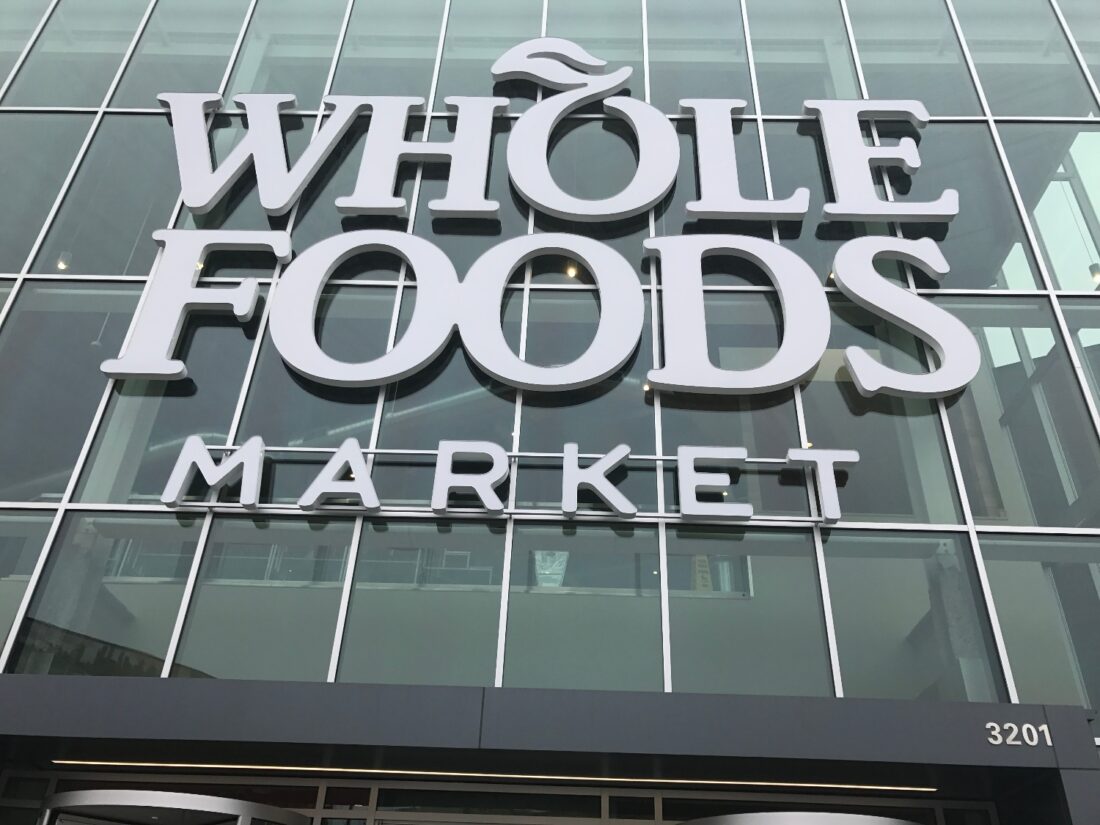Amazon Buys Whole Foods: Will Brick And Mortar Retail Ever Be The Same Again?
- How will Amazon leverage Whole Food’s brick and mortar network? Whole Foods has 456 locations across 43 states in the U.S. as well as a presence in Canada and the U.K. It tends to be in prime real-estate locations targeting a higher-end demographic. It could become a significant branding presence for Amazon and a way to increase its physical presence.
- What does this mean for Amazon’s retail food business? It will allow Amazon to dramatically increase its importance in the retail food arena. Besides Whole Foods’ $15.6 billion in sales, Amazon has struggled to get Amazon Fresh to be a significant player in the retail food game. Whole Foods is the most credible player in fresh foods in the industry. Branding an online fresh service with Whole Foods brand and perishables know-how could be a game changer.
From a Whole Foods perspective, this is also a game changer. Whole Foods CEO John Mackey was adamant, even as late as yesterday, that he wanted to remain independent. Yet, the prospect of partnering with retail’s most innovative and best capitalized player has to be appealing. He can reinvent the company under the protective Amazon umbrella with the following advantages:
- There has to be significant overlap between the Amazon Prime customer and the Whole Foods core consumer. There should be synergies to mine as the two companies collaborate.
- It instantly makes Whole Foods a player in the growing online food retail business. One of the repercussions of this deal will be in understanding the impact on Instacart, which counts Whole Foods as its largest customer.
- It provides Whole Foods with greater leverage and buying power, which should allow it to reduce core prices and become more competitive, which was one of its stated objectives in its turnaround efforts.
The shockwaves around the retail industry will be reverberating for months to come. This will have impact not just in the grocery industry but in every facet of retail. How will competitors react? And, is Amazon done? Are more brick and mortar deals ahead in other retail categories as well?

Jared Schrieber
June 17, 2017 at 12:28 amLooks like InfoScout has data showing that 96% of monthly Whole Foods shoppers bought something off of Amazon.com in the last 12-months. With such a high overlap already, their focus will have to be on capturing a higher share of wallet across more product categories from those existing shoppers.